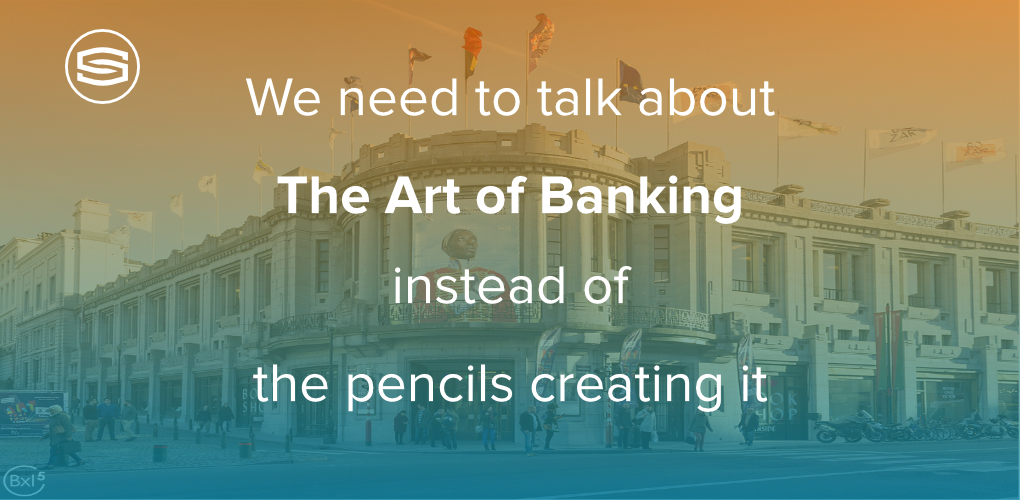
Insights & Opinions
We need to talk about the art of banking instead of the pencils creating it
Tue, 05 Oct 2021


The wonderful world of art has many tendencies and changes continuously. Art is commonly defined as “the expression or application of human creative skill and imagination, typically in a visual form such as painting or sculpture, producing works to be appreciated primarily for their beauty or emotional power”.
New societal trends, technological advancements, creative brains, culture, religion, and much more influence art and its artists.
The same is true for banks. Referring back to the title of this blog: why do we talk so much about the underlying technology, the pencil that forms the piece of art? Why don’t we talk more about the wonderful world of banking in its entirety, with its influences and impacts?
Why doesn’t the industry talk more about the banking aspects that matter to people and society?
Take the example of David Hockney, one of the biggest artists today. Of course, his bio explains the techniques he used to put his art into music, but most of his biography explains what influenced him into making art. It describes the unique characteristics of his creations and what he created.
Last week, we had an open discussion talking about the best bits of Money20/20. Let’s be clear: Money20/20 is one of my favourite conferences. Thanks to the high-level content, the endless number of stands of companies to discover and the many encounters with friends from the industry.
This year I couldn’t join, so we asked a few people who did, to join us during The Banking Scene Afterwork for an update on their experiences. We heard that it was liberating to meet so many people in person again but that the content was yet another rehearsal of the endless discussions we have as an industry daily.
Embedded finance, banking-as-a-service, instant payments and EPI, open banking; these were the topics of 2021. A bit of a disappointment if you ask me, as most of them were also the topics of 2019. Are we getting out of inspiration? Or should we change the dialogue?
People were excited to meet their peer artists who shaped the art of banking, but the conversation on stage was yet again about the pencils instead of the creative pieces of art they created.
When I googled “why do we make art?” I found the following short set of reasons:
- Making our surroundings more beautiful. Creating objects to decorate our surroundings has motivated the creation of many types of art, such as architecture, painting, sculpture, jewellery, design objects for everyday use, and many others.
- Creating records of a specific time, place, person or object is also a major motivation for art. Paintings of individuals, battle scenes, or even those artistic wedding photographs could be considered art made for the purpose of recording something specific.
- Expressing and communicating ideas also moves the creation of art, including expressing religious beliefs, artwork for criticizing elements of society, for educating people, even for showing that we are capable of doing something no one else has tried before.
ESG, sustainability, financial inclusion are great topics that deeply influence how the art of banking changes today. These kinds of universal topics will, hopefully, make banking a more appealing, more trusted industry again in the future.
The Art of Banking is also very related to another important topic in The Banking Scene Afterwork series: Banking for Good, as in: how can we make banking more beautiful, valuable and purposeful for humans and society? If banks or FinTech companies can create this setting, one could say they create art, the Art of Banking.
How do we make sure that banking remains contemporary art without ending up as temporary art?
How do you leave a lasting impact on your audience? How do you inspire them in their journey? How do you put things in a different perspective to create more beauty in the Art of Banking?
Of course, technology discussions are part of the dialogue, but maybe we are getting to an era where they should no longer be at the heart of the conversation all the time?
P.S. on October 28, we'll dedicate a complete event to the art of banking. If you like to join us, have a look at our website. Tickets are limited, but we'll watch the waiting list closely: The Banking Scene Art Night. This evening we will combine C-level talks on the art of banking and the wonderful art of David Hockney, one of the biggest artists alive!